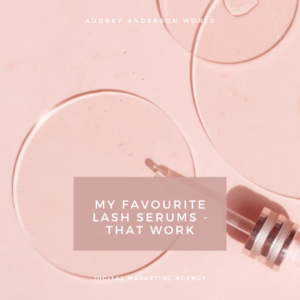
Lash Serums That Work My Favorite – 2023 Review
Lash Serums That Work and are my favourite – A Review We may get paid a commission if you buy something after clicking on one of our affiliate links here
Digital Marketing For Alcohol Brands

Alcohol brand brands, known for “Super Bowl” gaming day advertising strategies and creative cross-platform exposure, are also influential content producers on social media. Digital marketing for alcohol brand essentials. These brands are on platforms speaking freely about their products, even though they face challenging regulatory barriers concerning alcohol promotion and engagement.
Danelle Kosmal, the Vice President of Beverage Alcohol at NielsenIQ. ” said Danelle Kosmal, NielsenIQ vice president for drinking alcohol. This is a trend for the rest of the year that we anticipate. Overall sales of alcohol at off-premise rose nearly 20% YTD until January 23, with beer up 15.7% based on the latest data.”

According to the Federal Trade Commission, “Voluntary advertisement and Marketing Standards have been adopted by the three main alcohol suppliers’ associations,” The Beer Institute, Distilled Spirits Council of the United States (DISCUS) Wine Institute. The FTC’s codes are annually reviewed, including recommendations to minimise alcohol ads’ chance of reaching consumers below the legal age (21 years old in the USA).
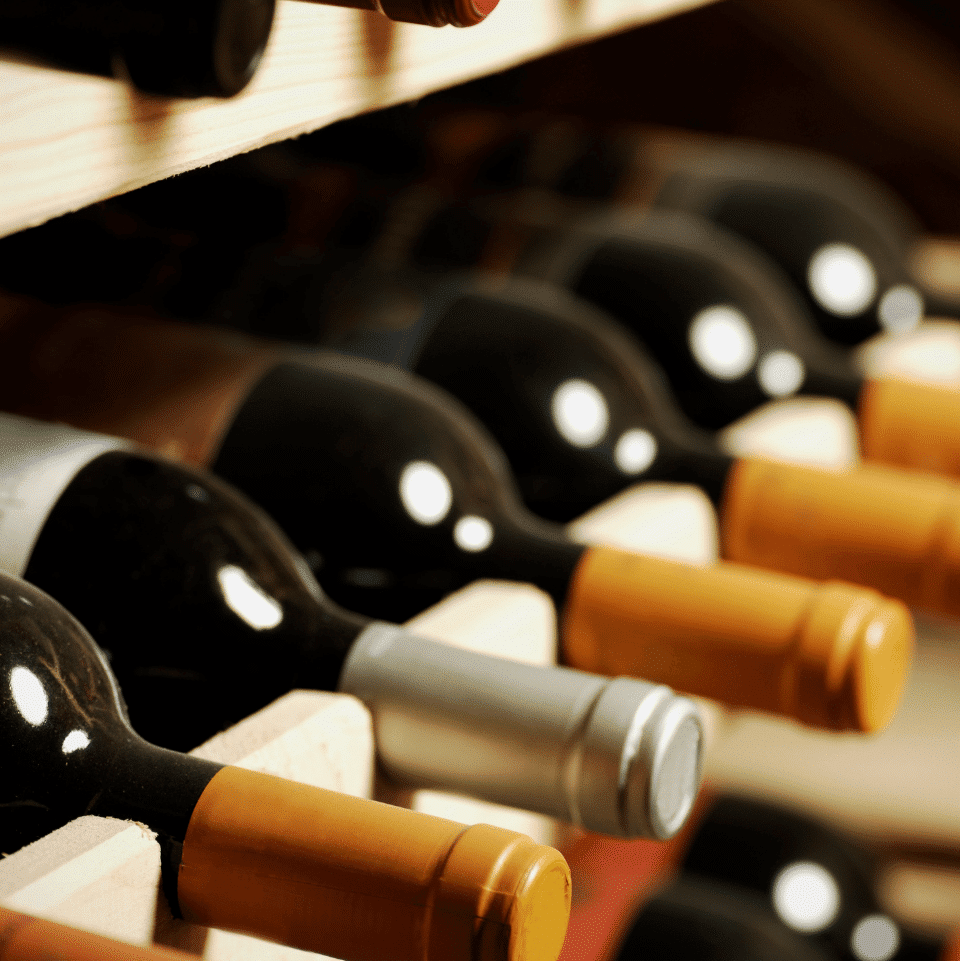
Free Consultation – SEO , Local Google My Business Digital Marketing
According to the Federal Trade Commission, “Voluntary advertisement and Marketing Standards have been adopted by the three main alcohol suppliers’ associations,” The Beer Institute, Distilled Spirits Council of the United States (DISCUS) Wine Institute. The FTC’s codes are annually reviewed, including recommendations to minimise alcohol ads’ chance of reaching consumers below the legal age (21 years old in the USA).
For greater understanding, I will take you through a look at each of these guidelines below. Bearing in mind that most of the post originates from a US / Australian outlook, and the rules and regulations around alcohol promotion vary greatly.

Australia has an alcohol advertising co-regulatory system. The government has negotiated rules that all customer complaints are individually examined, but the alcohol industry bears all the expenses.
Annual guidelines are in effect for all alcohol complaints. The AANA Code of Ethics Ad Expectations reviews a grievance. If the complaint poses concerns under this Law, the Society Ad Norms Panel determines whether the complaints are upheld or dismissed.
Copies of all complaints are transmitted to the Chief Adjudicator of ABAC, the Alcoholic Drinks Advertisement Code. If a complaint occurs purely under Ad Norm’s authority or whether it poses concerns with the ABAC, the Chief Adjudicator decides. If there are ABAC problems in the complaint, the ABAC Appeals Panel will take the complaint into account.
In addition to ad standards, the ABAC Panel may consider grievances. Therefore, all alcohol complaints received by the Ad Standards are reviewed by both regulatory bodies.
The first step towards successful communication is to know your audience. In 2014, social media was used by 67% of Americans aged 12 and older. In this sector, therefore, alcohol brands are very restricted.
While the average company can decide to market anywhere in social media, the US Digital Marketing For alcohol brands and advertisers are restricted to platforms where 71.6% of the population is over 21. Therefore, the alcoholic channels you are using to target consumers still need to study each forum before carefully building a profile.
Marketers in Australia are limited in the Australian Guides by a clear understanding that there should not be any obvious appeal to minors;
Depicting a person who is or seems to be minor unless they have a casual position (for example, in socialising a family responsibly) in a natural situation and has no effect on their drinking and serving alcohol;
Reflect an adult under the age of 25 who is an adult, unless Unless:
• Are not conspicuous visually;
• They are not a paid model or actress and are seen in an Age Limited Setting Marketing Communication;
According to research on teenagers conducted by the Pew Internet Project for 2012, 95% of 12 to 17-year-olds were online and 81% used social media. 77% used Facebook, and 24% used Twitter, respectively.
There are few demographic details around young people; however, more up-to-date analysis has shown that Instagram has become extremely popular amongst the younger generation. Instagram’s 300 million users are 11.4 million or younger, according to eMarketer.
By 2014, Instagram was supported by 30% of 12–17 year-olds, while Twitter and Facebook respectively prefer 29% and 23%. In 2021 there has been a shift from those 12-23 years old on to the newest Social Media Platform TikTok.
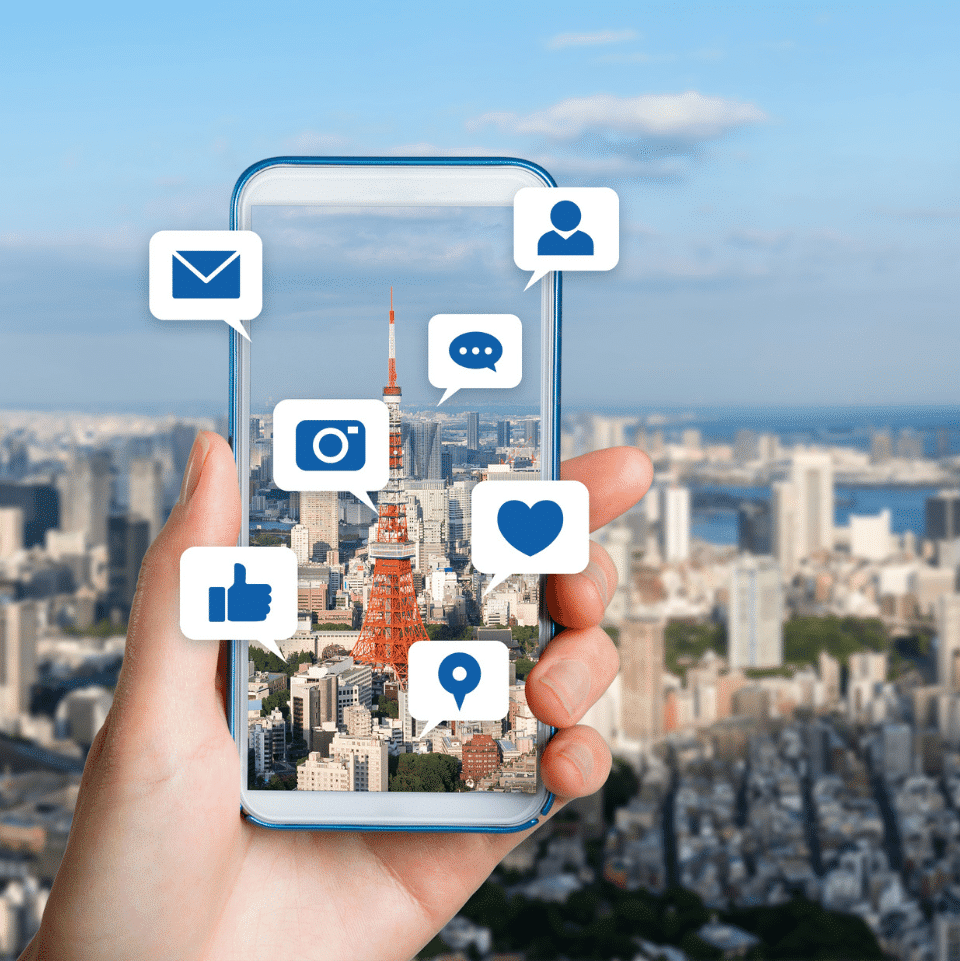
You should be attentive to the definition of “adult” in the research and studies. In January 2014, for instance, Nielsen reported 71 per cent of adults online using Facebook, unfortunately. However, Nielsen considered that anyone over 18 was an adult, which is no help to alcohol brands in the United States.
Fortunately, Nielsen statistics have shown that over 80% of Facebook, Twitter and YouTube viewers are older than 21.
Ensure an additional 21 audience will only allow you to follow or respond to your comments on the site and post updates. A very unilateral dialogue creates a vital obstacle for brands that want to engage with current and potential clients. This restriction can only be circumvented once the user confirming their age both on Facebook and on Twitter.
“Minor means a person who is under 18 years of age and therefore not legally permitted to purchase an Alcohol Beverage in Australia”.
For example, Twitter has an age check feature requiring users to include an alcohol brand date of birth. It is created by clicking “Follow” on an alcohol brand profile and requiring birth date entry. Twitter will verify that the age entered matches the country’s legal drinking age associated with the user’s account.
The user has been tested successfully. The individual’s followers’ status is verified, and Twitter will remember that the account fulfilled the age requirement not to pass the check of age again. If an entry in your country does not reach the legal drinking age, the follow-up appeal can be rejected.
Facebook limits access to alcohol brand sites, allowing access to Americans who have registered as 21 or older. Digital Marketing For Alcohol Brands are often only shown to 21 or older adults, and minors cannot see their friends’ likes from sites linked to alcohol.
Recently, Instagram passed the 71,6% threshold – previously its user base was too young, it has still not provided people with the means to check the age and limit two-way conversations between brands and consumers.
While Digital Marketing For Alcohol brands cannot accept everyone’s comments, many fans still express their loyalty by liking their posts.
Most brands place a specific disclaimer in their publication, such as Guinness (note how Facebook followers are registered, where guidelines allow a more open dialogue):
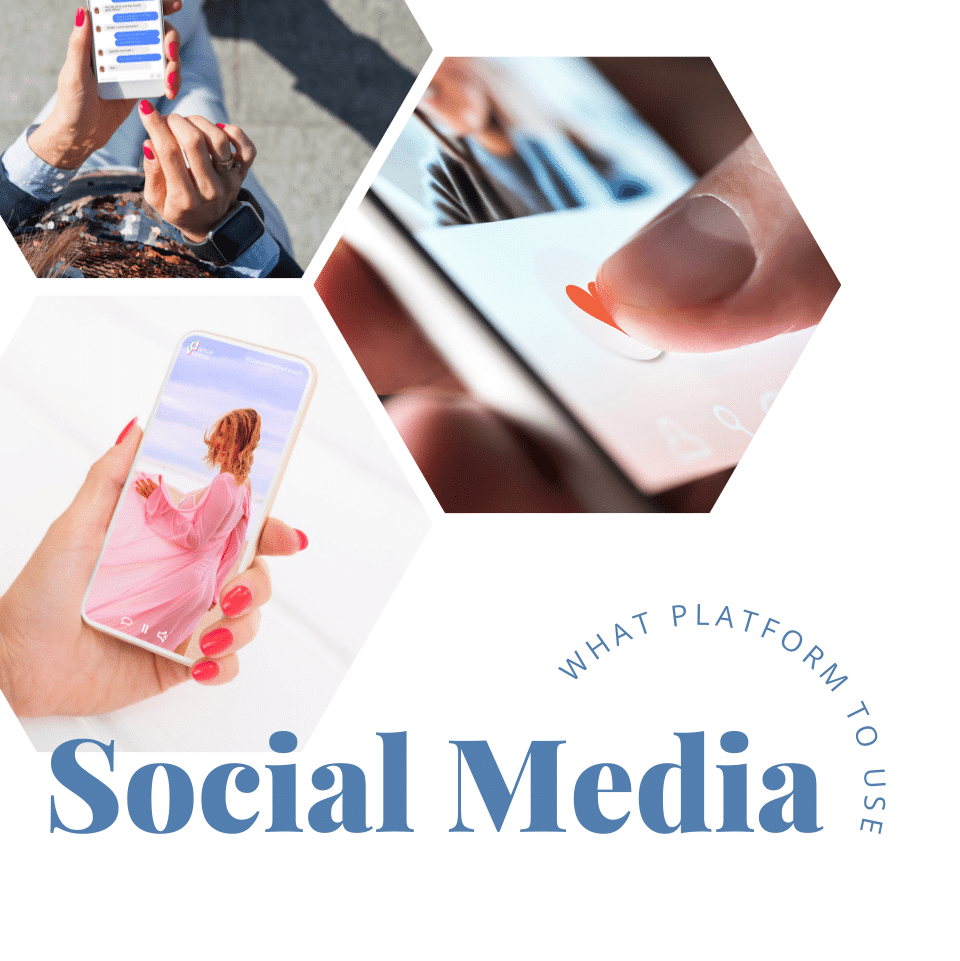
I Recommend Choosing Your Platforms Wisely
So not all Social Media Channels will be meaningful to every brand, even with workarounds. Therefore, before introducing new networks, it is sound to start with a safe social, digital marketing strategy. For example, depending on your target audience, various Social Media Platforms will not suit your products. For instance, on the platform Pinterest, where females dominate the community, you would not get value for your money if your ideal target audience is predominantly male. However, if you are a producer of wines or alcoholic mixers like Gins, Vodka’s might be a platform for you.
If the two-way dialogue is an essential element of your approach, it’s not the best use of your time to be involved on Instagram. Like other social networks – there is no point in pushing it if the demographics do not fit.
Ads showing reckless conduct or people drinking who look like they may be underage can cause a severe and damaging backlash. The Preventive Medicine research paper of 2020 indicates that the image of alcohol marketed goods paves teenagers’ way to drink.
As a result, several leading beer, wine, and spirit brands have agreed to “high standards” to ensure their marks have a responsible digital marketing structure that only adults who have a legal role in their products will benefit from CPG marketing.
While this sets a clear limit on what social media can and cannot afford, there is still a good deal to build healthy social media CPG alcohol branding strategies. Here are five CPG marketing tactics in social media that have been effective for leading alcohol brands.
Note that depending on which country you are in, the legal drinking age is unique. It could be worth establishing separate accounts for specific targeting of each country if you have an international audience. You choose to focus on pathways that best work for each product in your portfolio with your ideal target consumers.
Most marketers highly regard the value of social listening. It not only increases your engagement and performance; it also provides you with a strong perception of your brand, your product or your competitors. And social listening is not only a beneficial move for your Digital Marketing endeavours; it is a must.
The self-regulatory guidelines say that Digital Marketing for alcohol, brands must protect or only encourage responsible and adequate content created by users. Brands should monitor user-generated content every day or every five business days at least.
Make sure you quickly delete the false and misleading posts. Since you cannot delete a Tweet, it mostly refers to your profile, Timeline and comments on Facebook and Instagram. Follow this information to delete inappropriate content from your images on Instagram.
On Facebook, you can reduce the amount of inappropriate content appearing on your Timeline by modifying Posting Ability in Settings.
Mark the second box, and in doing so, you can evaluate each post created by someone other than your Facebook Page Admin before anything is promoted on your Timeline. You are making it more manageable to concentrate on incoming comments and replies.
According to an FTC survey, about 8 per cent of all user-generated content has been rejected by companies, mostly because postings contained shady content, promoted excessive use or involved illegal ads or spam.
Regardless of how you decide to regulate your channels, it will be a good idea to give everyone your supporters a clear disclaimer – in essence, to remove all inappropriate content. It is also critical that you do not use the guidelines to delete the unacceptable content and not uninstall your posts or updates.
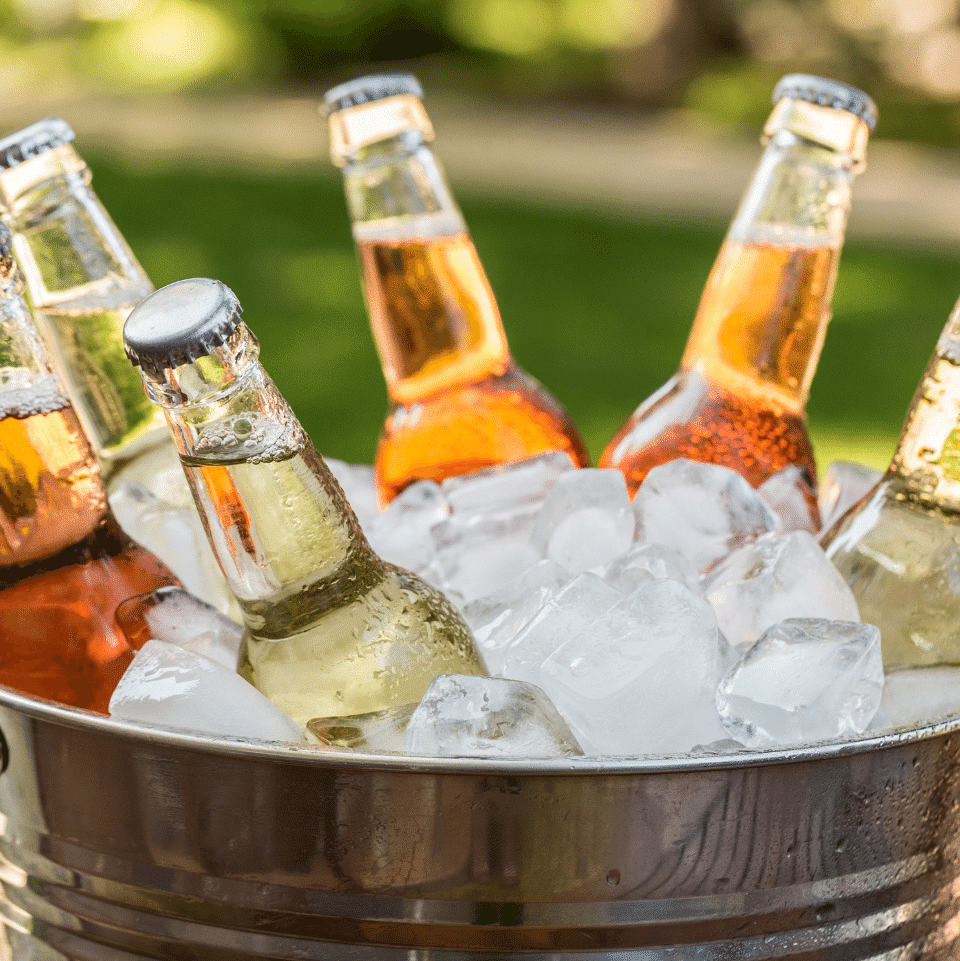
Be aware of a few limitations within each platform in addition to the above restrictions. For instance, Twitter limits to 160 characters for the bio text area. In addition, many alcohol labels contain a message that they are responsible for drinking and leave little room for further detail.
Such comments should be positioned where a viewer “will most logically expect to find information about the brand or the company.” Still, the rules do not specify them to be placed at a specific location. Because it is commonly the Bio section (often subject to character limits), the alcoholic brands on Twitter and Instagram are mildly hampered.
I see that 5 strategies are working well for the leading alcohol brands. Moving forward, #PostCovid. Brands know that during this lock, Alcohol was still being purchased and consumed via E-commerce. Brands also need to embrace using these platforms for connecting and engaging with their audience.
Concentrate on something other than the product or drink.
During the COVID pandemic in 2020, the CPG sector faced significant challenges. In light of physical constraints, brands had to rethink their CPG branding and marketing efforts. Leading to a push to make CPG branding concentrate on something beyond alcohol, promote messaging at home and other kinds of campaigns that were not “fluorinated” while increasing depression rates.
Major brands and smaller distilleries considered the importance of educating customers on what the actual product is, like Jack Daniels or Kronenbourg and boutique distilleries. In these instances, social media posts were visibly based on socially conscious activities, such as fundraisers and constructive social distancing steps, creating hand sanitisers to assist the community while preserving your brand identity.
When brands can focus on anything other than the Product or Drink.
Hear me out – I understand that with big brands like Hendricks Gin, Absolut and Grey Goose Vodka or Jack Daniels. We do not need to be reminded of the actual product.
So focusing on their Copy and content in a socially responsible event, like a wedding, a retirement, a baby’s birth – are all events that really pique viewers and potential users interested in this “feel-good” factor associated with the brand.

When Alcohol Brands learn that offering an exclusive look or behind the scenes, access to the view can generate such lasting impressions, some brands are doing this now with private tours, or tastings.
Since Covid-19, and the boom of visual aids. Brands can use smartphones to capture videos of them inspecting the vats, flavouring the gins with botanical. Trips to the local farmer in the region to obtain various ingredients. With this longer-form video, each video can be cut into 1 min, 30 sec, 10-sec size bites to be spread out over a 2-3 month period, over social media platforms. There is no need to have to hire a camera crew.
These short bites enable Brands to engage with their followers while drawing new interest in the products. Short video categories to consider
Brands, really any brand will benefit from engaging positively with those who follow their brands and engaging with their comments when you have customers taking time from their scrolling to stop and leave you a comment.
The really shows those viewers that you are a brand interested in their comments or those who follow their pages. I recently left a comment on a Japanese 80 Gin / 80 Spirits Instagram story.

Guess what they responded to my message that day and thanked me. Guess what – I am now following them and watching their videos each week even though I don’t speak Japanese.
Re-Use “User Content” with your hashtags. I have found product Hashtags on Twitter, Instagram, Tik Tok. Suppose you see that the content has great captivating photos which could raise the profile of your brand. I will “Re-tweet”, “Re-Share” this “User Content”. With a huge Caveat.
ACKNOWLEDGE the origin of that content with a “Via” or “thanks to *** for this content”. I would send them a D.M (Direct message with a thank you ), and I will engage in a conversation. If I had a new product about to drop and I had a small Sample – I would consider posting them the Sample or if they lived locally invite them to your launch.
I really want to see Brands up end the stereotypical images one sees with Alcohol. The crappy partying, tailgating and sports-centred alcohol ads of yesterday are now gone. They are very risky on social media, as the “Backlash is swift” and goes immediately viral.
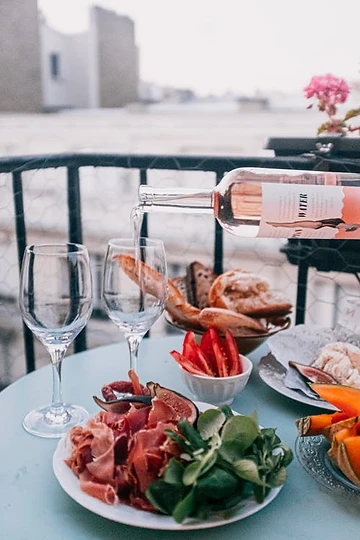
I believe that any small artisan Distillery can still create a strong social media strategy. Just using their Smartphones and dedicating a few moments each day to create Copy and Content to reach your audience.
Start somewhere – by being more creative and subtler forms of brand-building other than the traditional means of “Advertising”.
All brands, including alcohol brands, benefit from engaging positively with their social media followers. If, for example, a post includes a picture of a cocktail and a reader asks what mixer is used, chiming in quickly to answer that question is a great way to build goodwill with existing and potential customers.
The benefits of a good relationship with engaging with your social media followers are the same for all brands, including alcohol brands. If a post contains a cocktail image and a follower asks what mixer is used, commenting back to address this query quickly is a perfect way to create goodwill with current and future customers during a CPG branding campaign.
For either new or established brands, offering unique, behind-the-scenes access to information about the brand can engage followers while drawing in new interest at the same time. For example, a wine brand could produce a short video featuring their vineyards or showing how the product is made.
With new or established brands, it is possible to engage followers while drawing attention to new interests by providing unique behind-the-scenes access to information about the brand. A wine brand could, for example, produce a short video of its vineyards or show how the products are made.
These marketing campaigns by CPG (Consumer Packaged Goods) led to over 326 per cent in social engagement during the 2020 pandemic. In addition, the Spirits Market noticed that eight of the top ten alcohol brands posts related to the pandemic.
Social media platforms offer numerous options for presenting content right on the forum, making sense to use them rather than always making readers click away to another site to access the content.
For example, a short video directly in the Twitter feed engages people more quickly than a link to a video on your brand page or youtube channel.
Suppose that your Rum Brand has been featured in a Mojito drinking segment. Linking to this content to include compelling images dramatically enhances your brand’s profile while showcasing the innovative use by others. Thus, demonstrating the success of your brand in a manner not possible or “in your face.”
The CPG branding campaigns in social media for alcohol products during the 2020 pandemic were very successful with new video content, live tastings, quizzes and other exciting content.
In several cases, effective CPG marketing of alcohol brands in social media develops common alcohol advertisement ideas. Yesterday’s drinking, tailgating and sports-centred advertisements are more dangerous in social media, as any consequences from mistaken exposure can be fast and viral.
Fortunately, an excellent social media strategy will eliminate these CPG branding campaigns by more innovative and subtle branding. One of the secrets to success for alcohol brands is that social media marketing is exclusively entrusted to a professional, seasoned social media team that recognises the risks and benefits unique to social media. CPG marketing campaign and more is at the core of Hangar12.
Data security policies exist to ensure that fans and followers gather sensitive information. They are generally difficult to find or full of lawyers nobody reads. The privacy policies of the alcohol brands must ensure the following according to DISCUS guidelines:
Bacardi gives a great example of openness. The brand has a clear and concise privacy policy and has relevant links to its Facebook page.
Despite the limitations placed on advertising, alcohol brands have still enjoyed great success on social. Here are a few companies that are making a splash responsibly.
The Success of Coors Light Giveaway. In April, a 93-year-old woman under quarantine took a picture with a request during the lockdown.
Now, Coors Light should have enjoyed the fame and didn’t do anything about the few minutes.
But they took the risk and quickly responded.
One day later, Olive Veronesi had 10 cases of beer delivered to her doorstep.

Coors Light went even further and scheduled one of the 2020s most robust social media campaigns based on what happened.

It was a month-long gift that they did.
What did I learn from the campaign of Coors Light?
Don’t miss out on your brand’s unexpected moments!
Indeed Coors Light became more visible when Olive Veronesi shared an image of herself with the sign and a beer.
But Coors Light’s 15 mins of fame may all have been wasted if they did not act the way they did with “empathy” and “generosity” for their consumer. What followed was an impressive” pandemic stress relief” Campaign.
It was beneficial and straightforward. You had only to tweet them using your campaign’s hashtag: #CouldUseABeer.
I know it’s daunting to prepare a new social media campaign.
“This is February and a Luna New Year, so think again. A new year. This year, what brand new ideas should I come up with? ”
Perhaps you’re also tired of staring out for hours of brainstorms in which you are attempting to build a memorable sticky campaign for your brand.
Here is some straightforward advice; the wheel doesn’t have to be reinvented.
If you can’t come up with “never-before-seen” ideas, you don’t have to beat yourself.
Take a tiny peep into the past. Look at your more successful campaigns on each platform. The content that generated the most engagements and comments on your social media platform
Ask yourself why you thought they work? Then add to your new campaign what you have learned.
See, for example, the above five campaigns and list yours:
Once you have completed these five campaigns, I recommend you take another look at each one and see what you gained with each one. Then tweak and try a modified version of that campaign.
As mentioned in this article, the rules and regulations are mainly applicable to the USA and Australia.
Australia has a lower drinking age but has guidelines for the industry.
I recommend and want you to know each country’s constraints before starting your Social Media marketing campaign if you market to a global audience. For example, Canada has laws to avoid the visual or sound perception that alcohol is being consumed. Alcoholic social media have been stopped in Finland. Make sure that you adjust your campaigns in social media accordingly.
I am looking forward to seeing your campaigns on my Social Media Feed. Good luck to you
Subscribe to our blog to stay up-to-date with our new insights.

Lash Serums That Work and are my favourite – A Review We may get paid a commission if you buy something after clicking on one of our affiliate links here

Rodan and Fields Consultant + Rodan and Fields Find a Consultant Should I join the Rodan Fields Consultant Program? EVERYTHING YOU NEED TO KNOW ABOUT BECOMING A CONSULTANT FOR RODAN
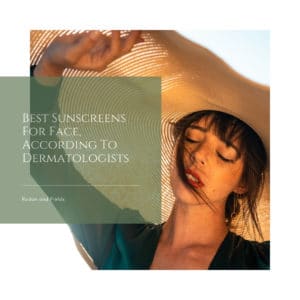
The best sunscreens The Best Sunscreens – so you can be sure you’re getting the best protection possible. AAW Your ultimate guide to the Best sunscreens CHICHI KAWA – Summer

My best hair care products We may get paid a commission if you buy something after clicking on one of our affiliate links here on the site on the best
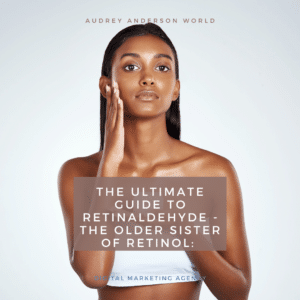
Retinaldehyde The Ultimate Guide to Retinaldehyde – the Older Sister of Retinol: The type of retinoid you use matters if you are looking for a retinoid to treat acne, premature
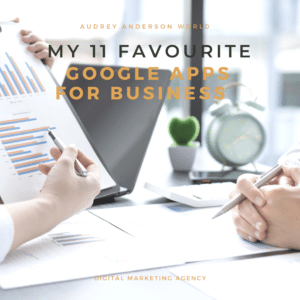
My 11 Favorite Google Apps For Business If you haven’t already, I invite you to check out the G Suite platform for your business and my Favourite Google Apps For
